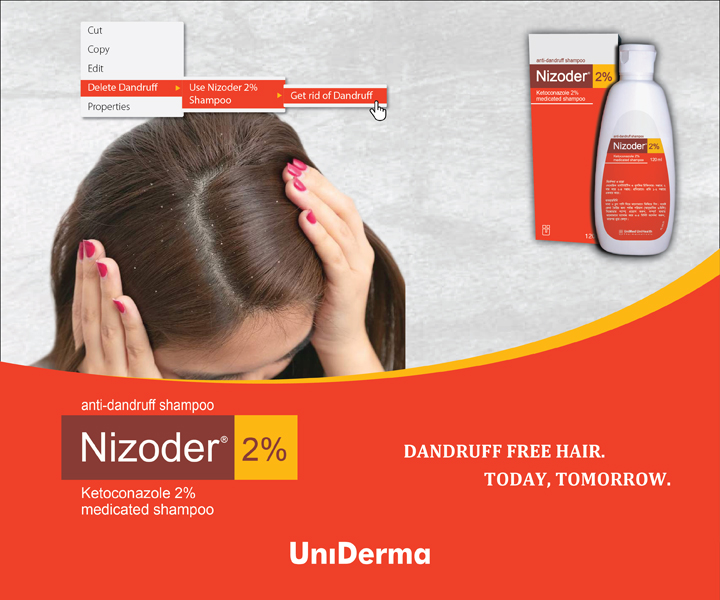Antifungal Treatment for Pityriasis Versicolor
Pityriasis versicolor (PV), also
known as tinea versicolor, is caused by Malassezia species.
This condition is one of the most common superficial fungal infections
worldwide.
This may be triggered by various
factors, including humidity and high temperature, hyperhidrosis, familial
susceptibility, and immunosuppression. Consequently, PV occurs more frequently
in tropical climates (as much as 40%) as compared to temperate climates.
Patients with PV present with well-demarcated round or oval macules on the trunk, neck, and upper arms where the
density of sebaceous glands is high. These lesions often appear hyperpigmented
on lighter skin types and hypopigmented in darker or tanned skin and can vary
in color. Smaller macules may have a powdery appearance due to flaking skin,
although flaking may only manifest on the edges of larger lesions.
PV is generally asymptomatic,
although some patients experience mild pruritus.
PV is difficult to cure and the
chances for relapse or recurrent infections are high as high as 80% within 2
years due to the presence of Malassezia in the normal skin
flora.
TAKE HOME MESSAGE
This review focuses on the clinical
evidence supporting the efficacy of antifungal treatment for PV.
Clinical investigations have
demonstrated the clinical efficacy of various topical antifungal medications in
treating PV including topical ketoconazole, terbinafine and zinc pyrithione. The advantage to topical treatments
is that they are fast-acting and well-tolerated. There is less risk of serious
adverse effects and limited drug interactions.
Ketoconazole, an imidazole, was the
first broad-spectrum antifungal used in the treatment of superficial and
systemic mycoses. Based on
the accumulated evidence, treatment once or twice daily for 14 days with
topical ketoconazole cream or foam, and once weekly use of ketoconazole shampoo
may be effective treatment for PV.
Similarly, topical terbinafine
cream should be applied twice daily for 7 days.
In cases of severe or recalcitrant
PV, the oral antifungal medications itraconazole and fluconazole may be more
appropriate, with pramiconazole a possible future option.
Oral terbinafine is not effective
in treating PV and oral ketoconazole should no longer be prescribed.
Maintenance, or prophylactic, therapy may be useful in preventing recurrent infection.






Comments
You must login to write comment